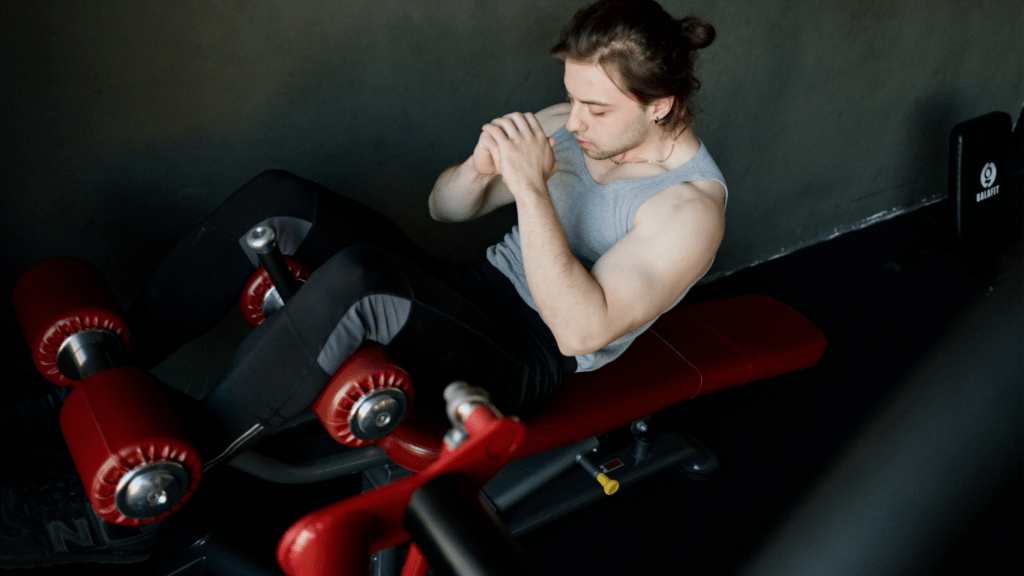Understanding Functional Training
Functional training focuses on exercises that mirror daily activities. Unlike traditional workouts, it enhances overall movement efficiency.
What Is Functional Training?
Functional training mimics everyday movements. It concentrates on whole-body exercises like squats or lunges, boosting muscle groups and improving task performance. This method prepares individuals for real-life physical challenges, increasing strength and agility. Its application supports a more active, injury-free lifestyle.
Key Principles of Functional Training
Functional training incorporates several core principles.
- First, it emphasizes multi-plane movements, engaging muscles by moving through various planes of motion.
- Second, it values core stability, facilitating efficient energy transfer during activities.
- Third, it prioritizes balance and coordination, aiding in precise and controlled actions.
- Lastly, it promotes joint mobility, allowing dynamic range of motions and reducing injury likelihood.
These principles contribute to a comprehensive, dynamic workout regimen.
Physical Benefits of Functional Training
Functional training offers numerous physical benefits by enhancing natural movement patterns.
Improved Strength and Endurance
Functional training boosts overall power and stamina. By incorporating exercises like:
- deadlifts
- lunges
- push-ups
I notice improvements in muscle power across various groups. Training sessions emphasize compound movements, leading to increased endurance due to the activation of multiple muscles simultaneously. This approach not only enhances muscular strength but also supports cardiovascular health, fostering the ability to sustain physical activities for longer periods without fatigue.
Enhanced Flexibility and Balance
Enhancing flexibility and balance is a significant advantage of functional training. Through dynamic stretches and balance-focused exercises like single-leg squats or yoga poses, my flexibility greatly improves. This training enhances joint mobility by working through full range-of-motion exercises, making everyday activities smoother and more efficient. Improved balance emerges from the body’s adaptation to multi-plane movements, decreasing fall risks and enhancing overall stability in various settings.
Functional Training and Everyday Life

Functional training aligns exercise routines with daily activities, promoting improved movement and strength for real-world tasks. It’s designed to enhance everyday life by focusing on exercises that mimic common physical movements.
Moving Better in Daily Activities
Functional training improves daily performance by enhancing movement patterns used in routine tasks. Exercises like squats and lunges replicate everyday actions such as bending and climbing stairs. Training involves multi-directional movements, enhancing agility and making tasks like reaching for high shelves easier.
Preventing Injuries
Injury prevention becomes more viable through functional training, which strengthens muscles and joints used in real-life scenarios. By focusing on core stability and balance, this training supports proper alignment and reduces strain. Incorporating exercises like planks and single-leg stands leads to improved resilience, lowering the risk of common injuries in daily activities.
Mental and Emotional Benefits
Functional training not only transforms physical capabilities but also offers mental and emotional rewards. Engaging in this fitness approach enhances well-being beyond the gym.
Boosting Confidence and Mental Clarity
Functional training boosts confidence by improving physical performance in daily tasks. Mastering movements like squats and lunges fosters self-assurance, which carries over into everyday life.
As my skills progress, tackling routine physical activities becomes less daunting, leading to increased self-belief and a clearer mind. Mental clarity improves as cognitive functions such as focus and problem-solving benefit from regular physical activity, supporting overall mental health.
Stress Reduction and Increased Energy Levels
Engaging in functional training effectively reduces stress levels. Exercise releases endorphins, known as ‘feel-good’ hormones, alleviating feelings of stress and anxiety.
This physiological effect not only calms my mind but also energizes my body. Increased energy levels become apparent as I consistently participate in workouts like push-ups and deadlifts, making daily tasks feel less exhausting. Renewed vitality enhances my mood, creating a more balanced emotional state.
Incorporating Functional Training into Your Routine
Integrating functional training into a fitness regime enhances everyday performance and promotes injury prevention. Tailor your approach according to your experience level to maximize benefits.
Tips for Beginners
Start gradually with basic exercises like squats and lunges, focusing on form and technique. Prioritize core exercises, such as planks, to build stability. Use bodyweight to perfect movement patterns before incorporating weights or resistance bands. Consistency is key: perform functional exercises two to three times weekly for steady improvement. Include rest days to allow muscle recovery and reduce injury risk.
Advanced Techniques for Experienced Athletes
Incorporate multi-planar movements, like rotational lunges, to challenge balance and coordination. Add complexity with compound exercises, such as deadlifts combined with shoulder presses, to engage multiple muscle groups.
Utilize tools like kettlebells and stability balls to increase intensity and recruit stabilizing muscles. Focus on explosive movements, like box jumps, to boost power and agility. Track progress regularly to optimize performance and set new challenges.



 Senior Sports Writer
Alfred Alder is the senior sports writer at Sprint Scoop News, bringing his extensive knowledge of fitness, training, and sports business to the forefront. With a career spanning more than a decade, Alfred specializes in delivering high-quality, engaging content that covers everything from sponsorship trends to the latest in health and nutrition for athletes. His deep understanding of the sports industry allows him to provide readers with comprehensive insights that make complex topics accessible and exciting.
Senior Sports Writer
Alfred Alder is the senior sports writer at Sprint Scoop News, bringing his extensive knowledge of fitness, training, and sports business to the forefront. With a career spanning more than a decade, Alfred specializes in delivering high-quality, engaging content that covers everything from sponsorship trends to the latest in health and nutrition for athletes. His deep understanding of the sports industry allows him to provide readers with comprehensive insights that make complex topics accessible and exciting.
